Your How to care for a corn plant images are ready. How to care for a corn plant are a topic that is being searched for and liked by netizens today. You can Download the How to care for a corn plant files here. Get all royalty-free photos and vectors.
If you’re looking for how to care for a corn plant images information linked to the how to care for a corn plant topic, you have visit the ideal site. Our website frequently gives you suggestions for seeing the highest quality video and image content, please kindly surf and locate more informative video articles and graphics that fit your interests.
How To Care For A Corn Plant. Repot your corn plant every year or two into a slightly. When the plant is actively growing, keep the soil moist. Other common causes include water high in fluoride or chlorine, or sources of plant stress such as low humidity, excess fertilizer, excess heat and light, pests, diseases and stress due to acclimation or repotting. If you are going to keep it outside, make sure that it is in a nice shady area.
 How to Care for Mass Cane (a.k.a. Corn Plant or Dracaena From pinterest.com
How to Care for Mass Cane (a.k.a. Corn Plant or Dracaena From pinterest.com
Most dracaena plants don’t grow flowers, except the corn plant. Soak the soil properly until excess water comes out of the drainage holes. Water when the top inch of soil is partly dry and feed every 3 weeks in the growing season. Let the plant sit and drain for about half an hour, then empty the drip tray/saucer so that the plant isn’t sitting in water. Use a mist sprayer on leaves to improve humidity and prevent blemishes. Therefore, leave plant water for a minimum of 24 hours before you feed them.
Keep soil moist, but remember not to overwater.
Then plant the stem in a fresh potting medium, ensuring that the plant is growing the same way up as before. Get rid of diseases the common enemy of the plant is a disease! Use a mist sprayer on leaves to improve humidity and prevent blemishes. Allow the cut stem to dry for a few days. For a complete overview on caring for dracaenas and a visual guide, check out this youtube video: Water the corn plant when the top inch of soil begins to dry but before it feels completely dry.
 Source: pinterest.fr
Source: pinterest.fr
If moving corn plant to the outdoors, grow in moderately fertile soil. Water should never be allowed to sit at the base of a plant pot as that’s what leads to root rot. Thirdly, you can use the middle section of the stem to propagate a new corn plant. Water when it comes to watering your corn plant, it is important that you thoroughly soak the soil. Field moisture needs to be adequate to germinate the seed, but not so wet it hampers plant emergence or vigor or causes equipment to create unnecessary compaction.
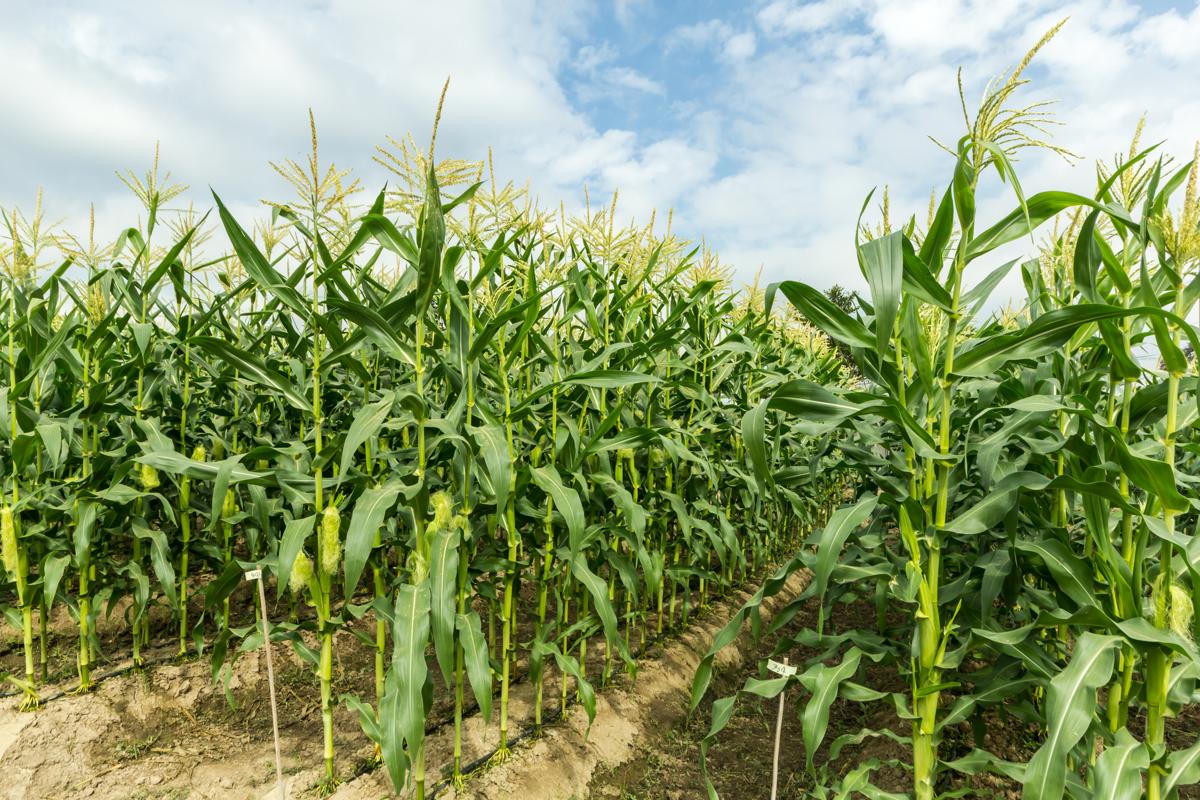 Source: gardenerdy.com
Source: gardenerdy.com
Use a mist sprayer on leaves to improve humidity and prevent blemishes. Use a mist sprayer on leaves to improve humidity and prevent blemishes. Check the soil regularly with a fingertip and water whenever the top inch feels dry. Other common causes include water high in fluoride or chlorine, or sources of plant stress such as low humidity, excess fertilizer, excess heat and light, pests, diseases and stress due to acclimation or repotting. Repot your corn plant every year or two into a slightly.
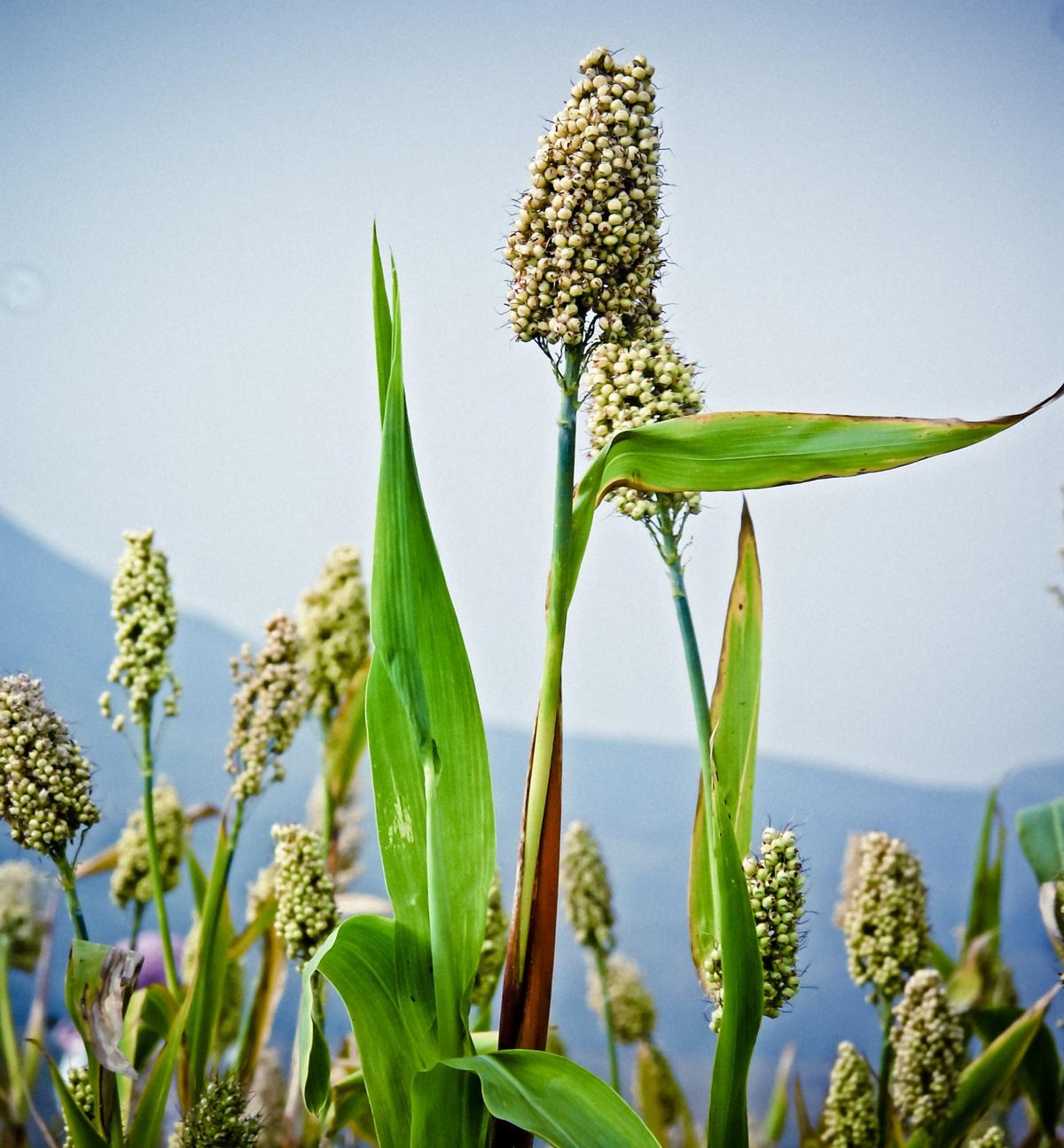 Source: gardenerdy.com
Source: gardenerdy.com
Purchase corn plant (dracaena fragrans massangeana) from your local florist. Keep soil moist, but remember not to overwater. Get rid of diseases the common enemy of the plant is a disease! Check the soil regularly with a fingertip and water whenever the top inch feels dry. Mist your plant at least once a day with a spray bottle of water on the mist setting, or use a handheld mister.
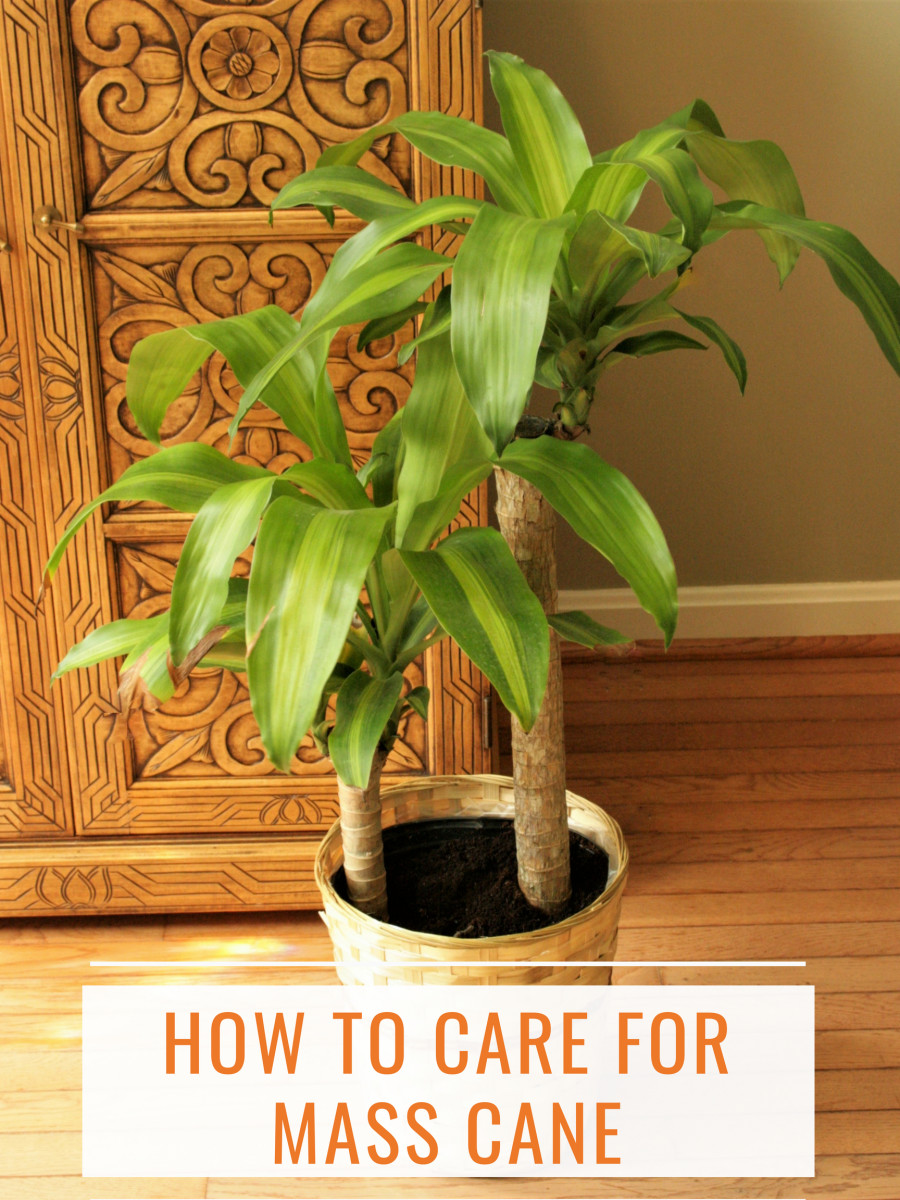 Source: dengarden.com
Source: dengarden.com
This can take two to four months. Other common causes include water high in fluoride or chlorine, or sources of plant stress such as low humidity, excess fertilizer, excess heat and light, pests, diseases and stress due to acclimation or repotting. Repot your corn plant every year or two into a slightly. Corn (scientific name zea mays) is a beautiful and fun summer crop that will grow without too. How long do indoor corn plants live?
 Source: gardenerdy.com
Source: gardenerdy.com
Corn (scientific name zea mays) is a beautiful and fun summer crop that will grow without too. Water your corn plants two or three times each week from spring until fall to keep the soil evenly moist. Therefore, leave plant water for a minimum of 24 hours before you feed them. Corn plants most commonly get brown leaf tips due to underwatering or inconsistent watering. Let the plant sit and drain for about half an hour, then empty the drip tray/saucer so that the plant isn’t sitting in water.
 Source: pinterest.ca
Source: pinterest.ca
Corn plant needs slightly higher humidity levels than the average home provides. Maintain normal indoor air temperatures around the corn plants, about 60 to 75 degrees fahrenheit but no cooler than 55 degrees. Soil temperatures need to be at least 50°f. The plant moves nitrogen up the stalk so a nitrogen deficiency manifests itself as corn leaves turning yellow at the base of the plant. Corn plant tolerates full to low light, but performs best in light shade or indirect or filtered sunlight.
 Source: pinterest.com
Source: pinterest.com
The plant moves nitrogen up the stalk so a nitrogen deficiency manifests itself as corn leaves turning yellow at the base of the plant. Corn plants can�t tolerate cold temperatures and grow best when the indoor temperatures remains between 60 and 70 degrees fahrenheit. Repot your corn plant every year or two into a slightly. A corn plant thrives in 40% humidity, but the humidity in most homes and apartments should suffice. Maintain normal indoor air temperatures around the corn plants, about 60 to 75 degrees fahrenheit but no cooler than 55 degrees.
 Source: thespruce.com
Source: thespruce.com
It is best to provide your corn plant with a moderate amount of light each day. Water and fertilizer allow the soil surface to dry before. It is important to understand that corn is considered a “heavy feeder.” Purchase corn plant (dracaena fragrans massangeana) from your local florist. Mist your plant at least once a day with a spray bottle of water on the mist setting, or use a handheld mister.
 Source: pinterest.jp
Source: pinterest.jp
Water and fertilizer allow the soil surface to dry before. Corn plant tolerates full to low light, but performs best in light shade or indirect or filtered sunlight. Soak the soil properly until excess water comes out of the drainage holes. If moving corn plant to the outdoors, grow in moderately fertile soil. Water your corn plants two or three times each week from spring until fall to keep the soil evenly moist.
 Source: pinterest.com
Source: pinterest.com
Water your corn plants two or three times each week from spring until fall to keep the soil evenly moist. Water the corn plant when the top inch of soil begins to dry but before it feels completely dry. Corn plants most commonly get brown leaf tips due to underwatering or inconsistent watering. The soil should be kept consistently moist, but not soggy and they only need fertilizer every 6 months. Other common causes include water high in fluoride or chlorine, or sources of plant stress such as low humidity, excess fertilizer, excess heat and light, pests, diseases and stress due to acclimation or repotting.
 Source: pinterest.com
Source: pinterest.com
Water and fertilizer allow the soil surface to dry before. Field moisture needs to be adequate to germinate the seed, but not so wet it hampers plant emergence or vigor or causes equipment to create unnecessary compaction. Although dracaena can take low light conditions, they do best when placed in bright but indirect light. If you are going to keep it outside, make sure that it is in a nice shady area. Water your corn plants two or three times each week from spring until fall to keep the soil evenly moist.
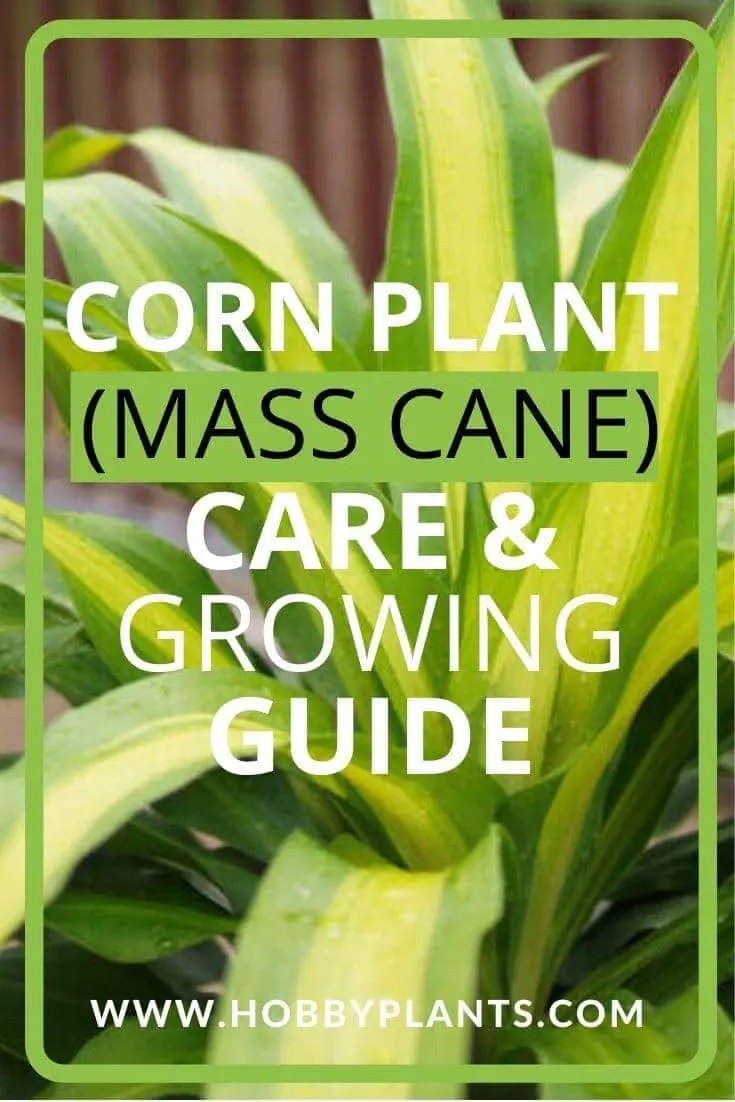 Source: hobbyplants.com
Source: hobbyplants.com
A corn plant thrives in 40% humidity, but the humidity in most homes and apartments should suffice. Water your plant with tepid water when the soil feels dry to the touch. Soak the soil properly until excess water comes out of the drainage holes. Set the plant in the sink and water the soil until the excess drips from the bottom of the pot. Corn (scientific name zea mays) is a beautiful and fun summer crop that will grow without too.
 Source: pinterest.com
Source: pinterest.com
If moving corn plant to the outdoors, grow in moderately fertile soil. Use a mist sprayer on leaves to improve humidity and prevent blemishes. Water the corn plant when the top inch of soil begins to dry but before it feels completely dry. Maintain normal indoor air temperatures around the corn plants, about 60 to 75 degrees fahrenheit but no cooler than 55 degrees. Check the soil regularly with a fingertip and water whenever the top inch feels dry.
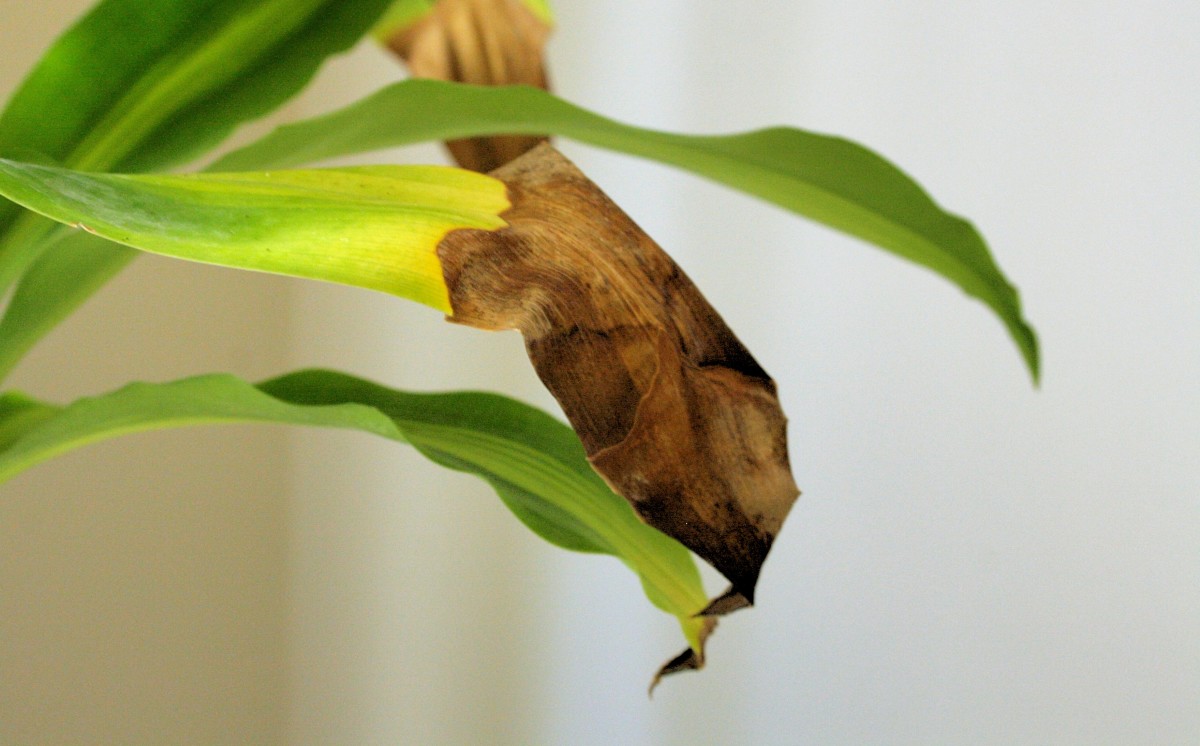 Source: dengarden.com
Source: dengarden.com
Check the soil regularly with a fingertip and water whenever the top inch feels dry. To care for the corn plant grow it in loose, moist potting soil that has good drainage. For a complete overview on caring for dracaenas and a visual guide, check out this youtube video: It is best to provide your corn plant with a moderate amount of light each day. Water the corn plant when the top inch of soil begins to dry but before it feels completely dry.
 Source: gardeningknowhow.com
Source: gardeningknowhow.com
Set the plant in the sink and water the soil until the excess drips from the bottom of the pot. Keep the soil warm and moist to help. Therefore, leave plant water for a minimum of 24 hours before you feed them. Water when the top inch of soil is partly dry and feed every 3 weeks in the growing season. Other common causes include water high in fluoride or chlorine, or sources of plant stress such as low humidity, excess fertilizer, excess heat and light, pests, diseases and stress due to acclimation or repotting.
Source: enjoyindoorgardening.blogspot.com
Therefore, leave plant water for a minimum of 24 hours before you feed them. Repot your corn plant every year or two into a slightly. Corn plants prefer daytime temperatures of 75 to 80 degrees f and 65 to 70 degrees f during the night. Most dracaena plants don’t grow flowers, except the corn plant. Mist your plant at least once a day with a spray bottle of water on the mist setting, or use a handheld mister.
 Source: garden.eco
Source: garden.eco
It is best to provide your corn plant with a moderate amount of light each day. Most dracaena plants don’t grow flowers, except the corn plant. 13 rows potting and repotting corn plant. Corn plant needs slightly higher humidity levels than the average home provides. This can take two to four months.
 Source: pinterest.es
Source: pinterest.es
Other common causes include water high in fluoride or chlorine, or sources of plant stress such as low humidity, excess fertilizer, excess heat and light, pests, diseases and stress due to acclimation or repotting. When you water a corn plant, water it thoroughly so that some water trickles out of the drainage hole in the pot. Corn plants most commonly get brown leaf tips due to underwatering or inconsistent watering. Although dracaena can take low light conditions, they do best when placed in bright but indirect light. Repot your corn plant every year or two into a slightly.
This site is an open community for users to do submittion their favorite wallpapers on the internet, all images or pictures in this website are for personal wallpaper use only, it is stricly prohibited to use this wallpaper for commercial purposes, if you are the author and find this image is shared without your permission, please kindly raise a DMCA report to Us.
If you find this site value, please support us by sharing this posts to your favorite social media accounts like Facebook, Instagram and so on or you can also save this blog page with the title how to care for a corn plant by using Ctrl + D for devices a laptop with a Windows operating system or Command + D for laptops with an Apple operating system. If you use a smartphone, you can also use the drawer menu of the browser you are using. Whether it’s a Windows, Mac, iOS or Android operating system, you will still be able to bookmark this website.






